Real-World Apps Powering the Wearable Fitness Revolution in 2025
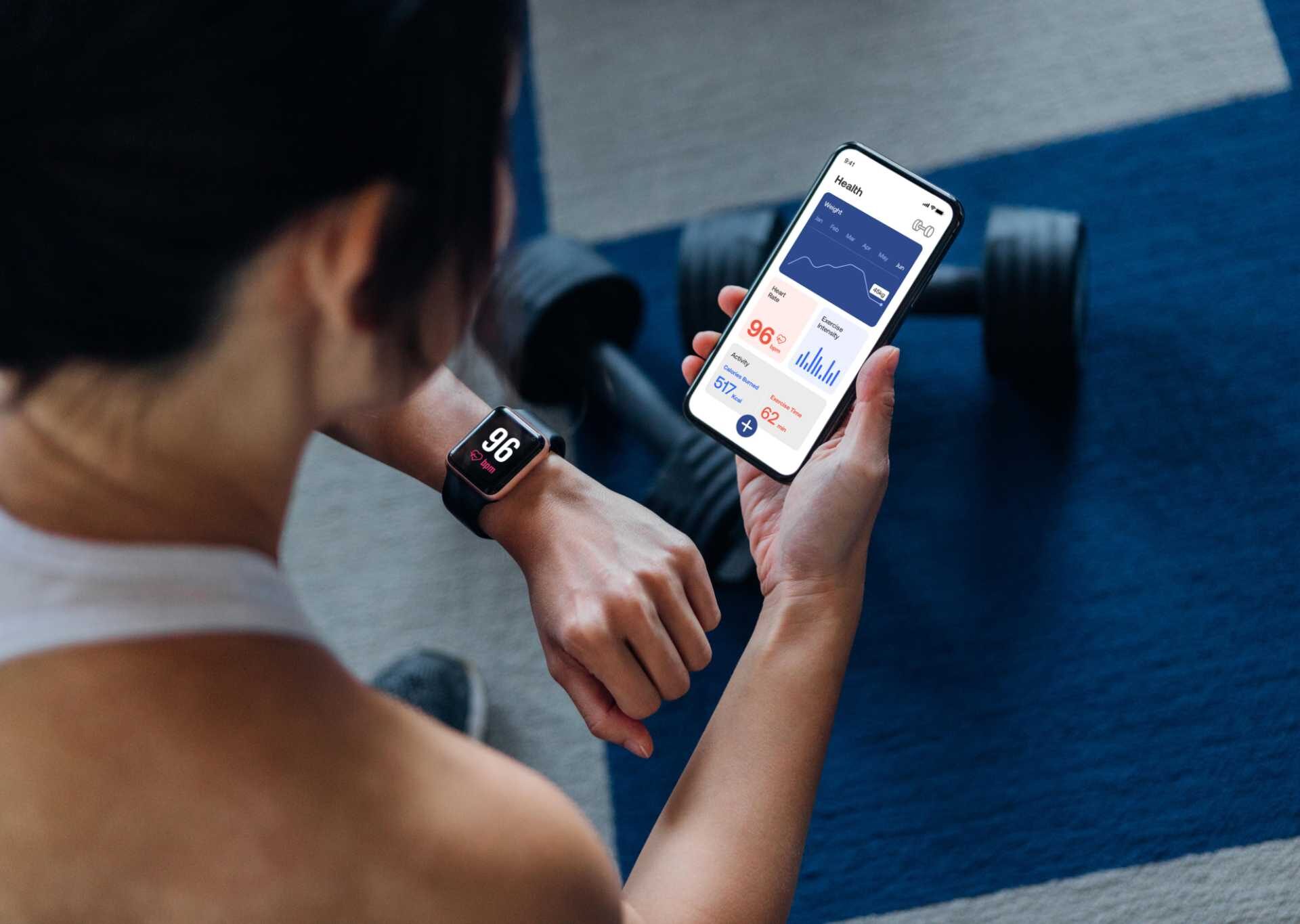
When it comes to mobile fitness apps in 2025, the real magic happens in how they harness data sent by wearable devices. These apps don’t just passively collect numbers—they analyze, interpret, and help you make smarter health decisions every day.
Let’s take a closer look at some of the most influential fitness apps today and how they are transforming your wearable data into meaningful insights.
How Wearables Transform Mobile Fitness Apps
The days of just counting steps are over. Today’s wearables not only collect data—they share it live with fitness apps, creating dynamic health dashboards and real-time coaching. Here’s what seamless integration looks like:
- Hydration Tracking: Smart bottles glow, ping your phone, and sync sips directly into hydration apps.
- Step Goals: Smartwatches measure steps, encourage daily goals, and celebrate milestones—no manual entry needed.
- Sleep Analysis: Devices wear all night, recording sleep stages, restfulness, and even breathing patterns for apps to analyze.
- Health Insights: Wearables collect heart rate, blood oxygen, stress levels, and more, then share it with apps for easy-to-understand feedback and tailored advice.
How This Feels in Real Life
Imagine going for a run. Your smartwatch logs every step, keeps an eye on your heart rate, and recommends when to slow down. Afterward, your smart bottle glows—a gentle nudge to rehydrate. All this info is automatically plugged into your fitness app, where you can see your hydration, steps, sleep, and recovery in one place—no manual tracking required.
Top Fitness Apps Leading Wearable Integration
Apple Health and Project Mulberry
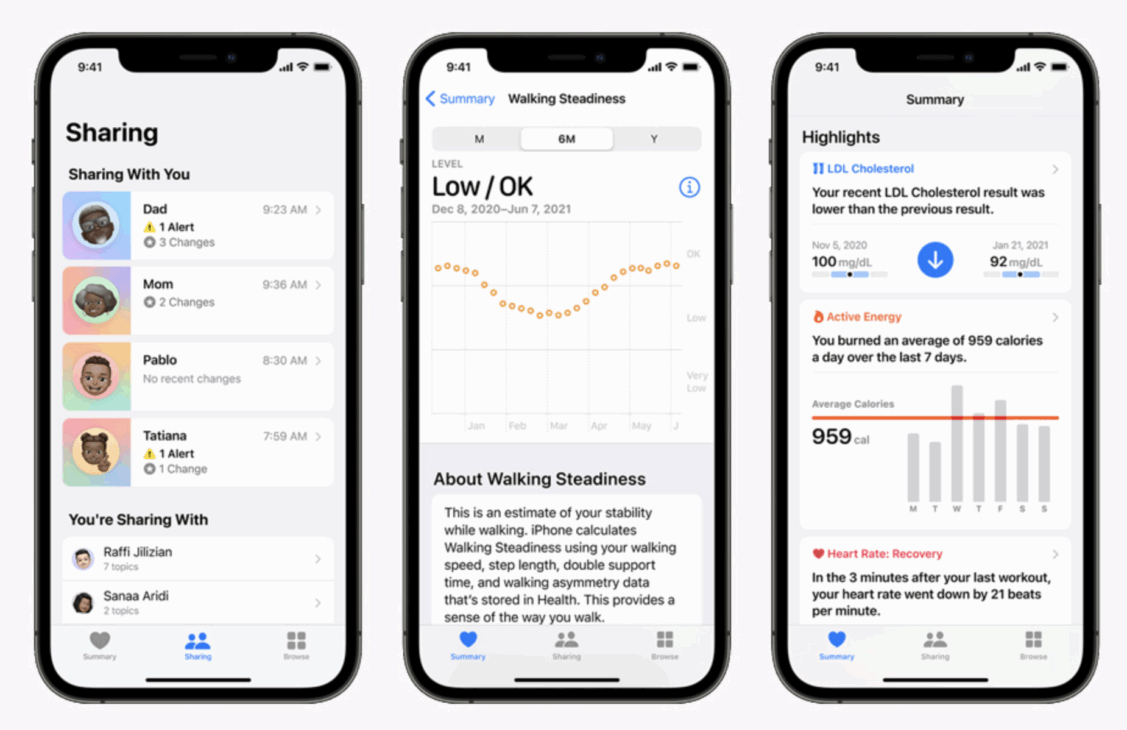
Apple Health remains at the forefront of wearable-driven fitness apps for iPhone and Apple Watch users. The app combines data from multiple sensors — heart rate, blood oxygen, sleep stages, and even emerging features like blood glucose monitoring expected in 2025 — into one accessible dashboard. Apple Health’s focus on privacy means your sensitive data is encrypted and fully under your control.
Apple is taking this further with Project Mulberry, a new AI-powered health app launching in 2025. This app analyzes your wearable data in real time, offering personalized advice such as tailored workout plans, nutrition tracking, and educational videos from medical experts. By acting as an AI health coach, Mulberry aims to replicate some of the benefits of having a personal trainer or doctor in your pocket, delivering actionable health insights with the convenience of your Apple devices.
Fitbit: Comprehensive Fitness Coaching
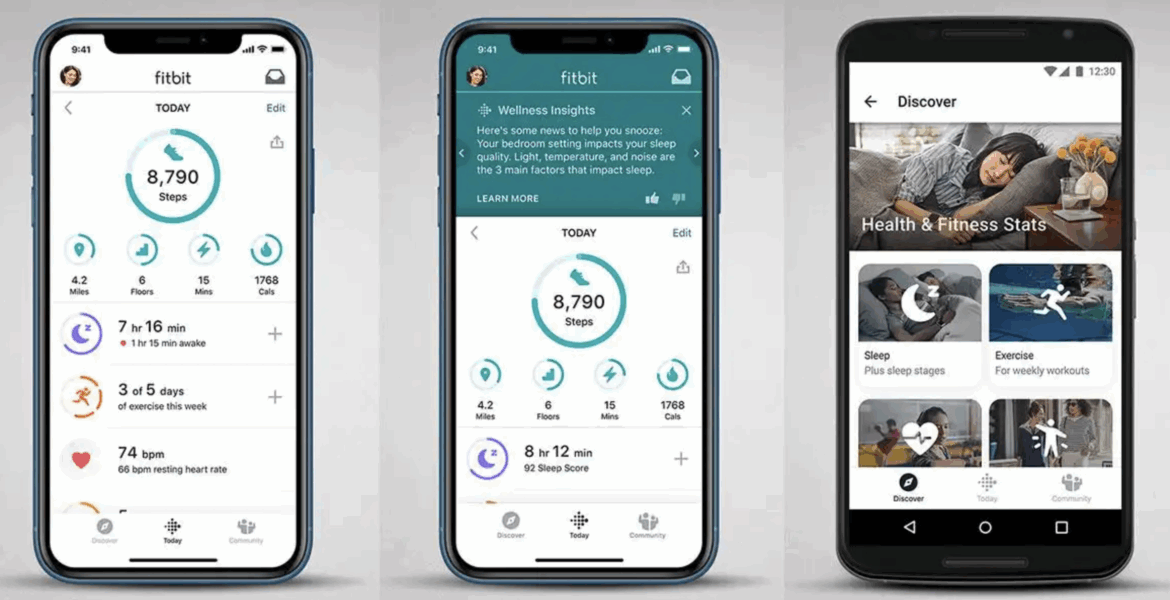
Fitbit’s app ecosystem has significantly evolved beyond basic step counting. Fitbit devices now offer detailed tracking of heart rate variability, sleep quality, and stress levels, syncing this seamlessly to their app, which uses AI for personalized coaching and alerts. The Fitbit app excels in making sense of all your wearable data by breaking down your health into easy-to-understand scores and progress reports.
Alongside activity tracking, the Fitbit app offers smart hydration reminders that work alongside smart bottles compatible with their system. You can set daily goals, join community challenges, and monitor recovery—all synced automatically with your wearable device.
HidrateSpark: Smart Hydration, Simple Integration
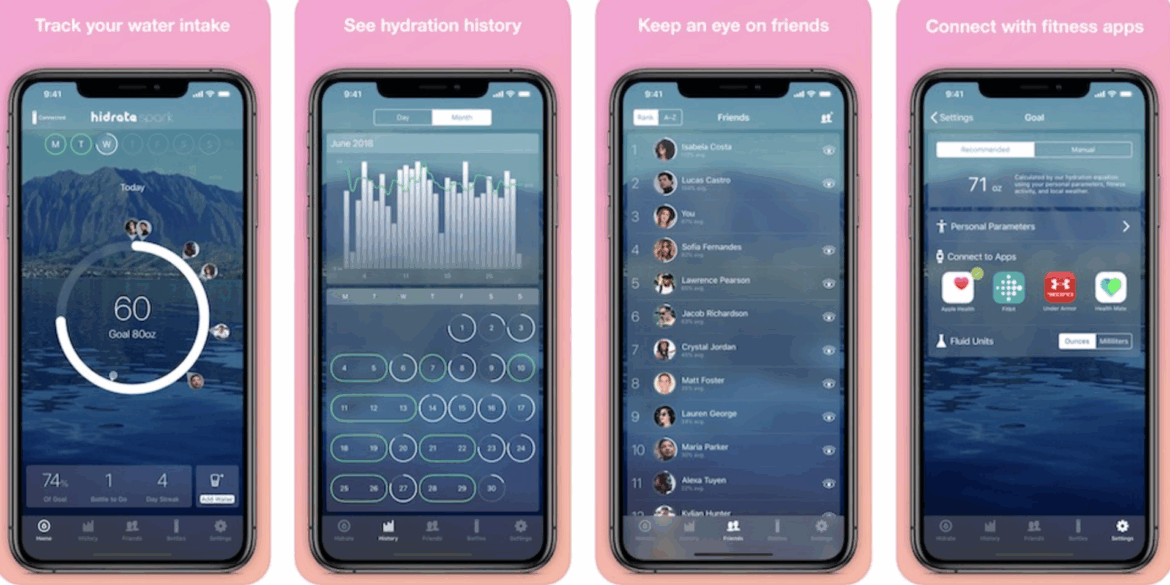
Not all transformative apps are about movement—hydration is a big part of fitness, too. HidrateSpark’s app connects to their smart water bottles, tracking every sip you take and syncing it with major fitness platforms like Apple Health and Fitbit.
What makes the HidrateSpark app stand out in 2025 is its context-aware reminders, which adjust hydration goals based on your activity level, temperature, and even body metrics from your other wearables. Whether you’re working out, at the office, or just trying to get enough water during the day, the app pushes reminders and progress updates right to your phone, making hydration effortless.
Google Fit: Cross-Platform Fitness Hub
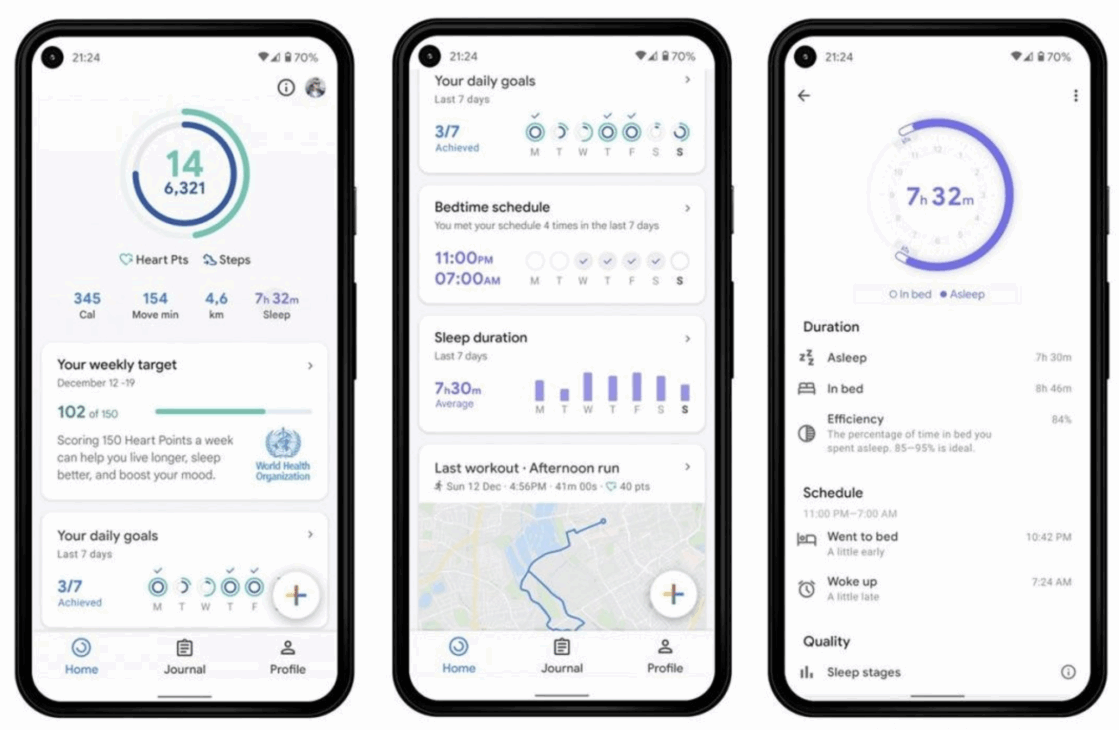
For Android users, Google Fit offers a centralized app that integrates fitness data from various smartwatches (including WearOS devices), smart bottles, and other health gadgets. The app focuses on simple metrics like “Move Minutes” and heart points but has expanded in 2025 to include better sleep tracking and integration with mental wellness features.
Google Fit’s strength lies in its open ecosystem, allowing users to connect with a wide variety of third-party apps and devices. This flexibility lets you combine data streams for a full picture of your health, supported by customizable goals and notifications that keep you on track every day.
Summary Table — Leading Apps and Their Wearable Integration
| App | Main Features | Types of Wearables Supported | Special Focus |
| Apple Health | Advanced health metrics, AI coaching (Project Mulberry), privacy-focused | Apple Watch, iPhone sensors, other devices | Holistic health insights with AI coaching |
| Fitbit App | Heart rate, HR variability, stress, hydration reminders, social challenges | Fitbit trackers, compatible smart bottles | Fitness coaching, community engagement |
| HidrateSpark App | Hydration tracking, personalized drink reminders, integration with fitness apps | HidrateSpark smart water bottles, integrates with Apple Health, Fitbit | Smart hydration with adaptive goals |
| Google Fit | Move Minutes, heart points, sleep, mental wellness, broad device compatibility | WearOS watches, Google ecosystem, other apps | Cross-platform fitness and wellness hub |
Quick List: What To Look For in Wearable-Integrated Fitness Apps
- Easy Device Pairing (Bluetooth/Cloud sync in seconds)
- Real-Time Data Updates (no 24-hour waits)
- Meaningful Insights (get tips, not just numbers)
- Data Privacy (strong encryption, clear permissions)
- Motivational Features (challenges, badges, reminders)
Why These Apps Matter
What sets these real-world fitness apps apart in 2025 is their ability to actively use your wearable data to support your personal goals. Whether it’s Apple’s AI-driven health coaching, Fitbit’s motivational ecosystem, HidrateSpark’s smart hydration reminders, or Google Fit’s flexible cross-device approach, the message is clear: your wearable is transforming into your most valuable fitness coach.
By keeping your data synced, secure, and actionable through these apps, you get a full health experience right on your smartphone—tailored, timely, and easy to follow. This new generation of fitness apps empowers users to make smarter, healthier choices every day.

